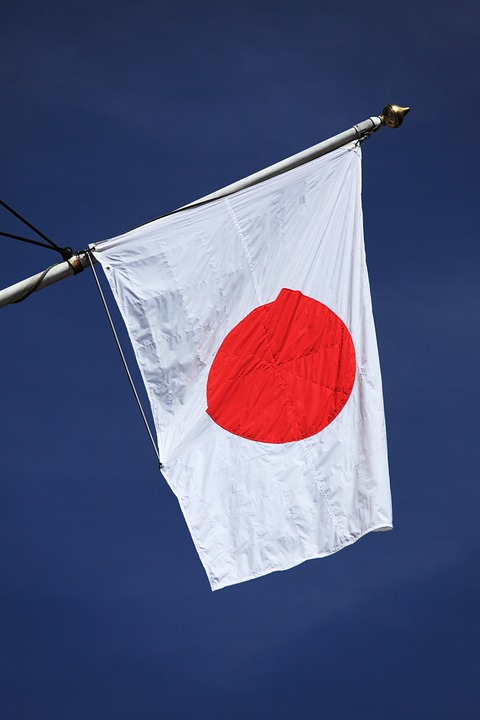News
Reciprocal PH-Japan tourism ties improving

Filipino arrivals to Japan also soared at around 610,000 last year from the 503,976 in 2018, Japanese Ambassador Koji Haneda said. (Pixabay photo)
MANILA — Two-way tourism between the Philippines and Japan have improved in the past few years, with arrivals from both countries increased significantly.
Manila is planning to develop new tourism products to lure more Japanese visitors.
“There are a lot of Filipinos going to Japan but at the same time, there are a lot of Japanese coming here so that shows the real exchange between the cultures of the Filipino and Japanese people. We’re now going into new products that I think the Japanese market will like,” DOT Assistant Secretary for Tourism Development Planning Roberto Alabado III told reporters during the Japan National Day reception in Makati City Thursday.
“We are actually intensifying our efforts to attract more Koreans, more Japanese by providing more tourism products. We are packaging more products that we know the Japanese will enjoy like health and wellness,” he added.
Data from DOT show the number of Japanese visitors in 2019 reached 682,788, or an 8.07-percent increase from the 631,801 recorded in 2018.
Filipino arrivals to Japan also soared at around 610,000 last year from the 503,976 in 2018, Japanese Ambassador Koji Haneda said.
“Filipino travelers have been more immersed in Japan these days, exploring places off the beaten track even for Japanese. Now that the 10-year multiple-entry business visa and residency status ‘specified skilled worker’ have been in place, we look forward to having more Filipinos in Japan,” he said.
The interest from both countries to stimulate two-way travel continues despite fears over the coronavirus disease 2019 outbreak.
Reiterating DOT’s previous statements, Alabado said travel remains safe in the country as long as precautionary measures against the virus are observed.
“The Department of Health advised that we just have to really wash our hands, follow the proper protocols and we can continue to congregate in large areas. So the meetings, conventions, conferences all over the Philippines, they should continue because the DOH has issued guidelines and protocols so that we can prevent the spread of this virus,” Alabado said.





















